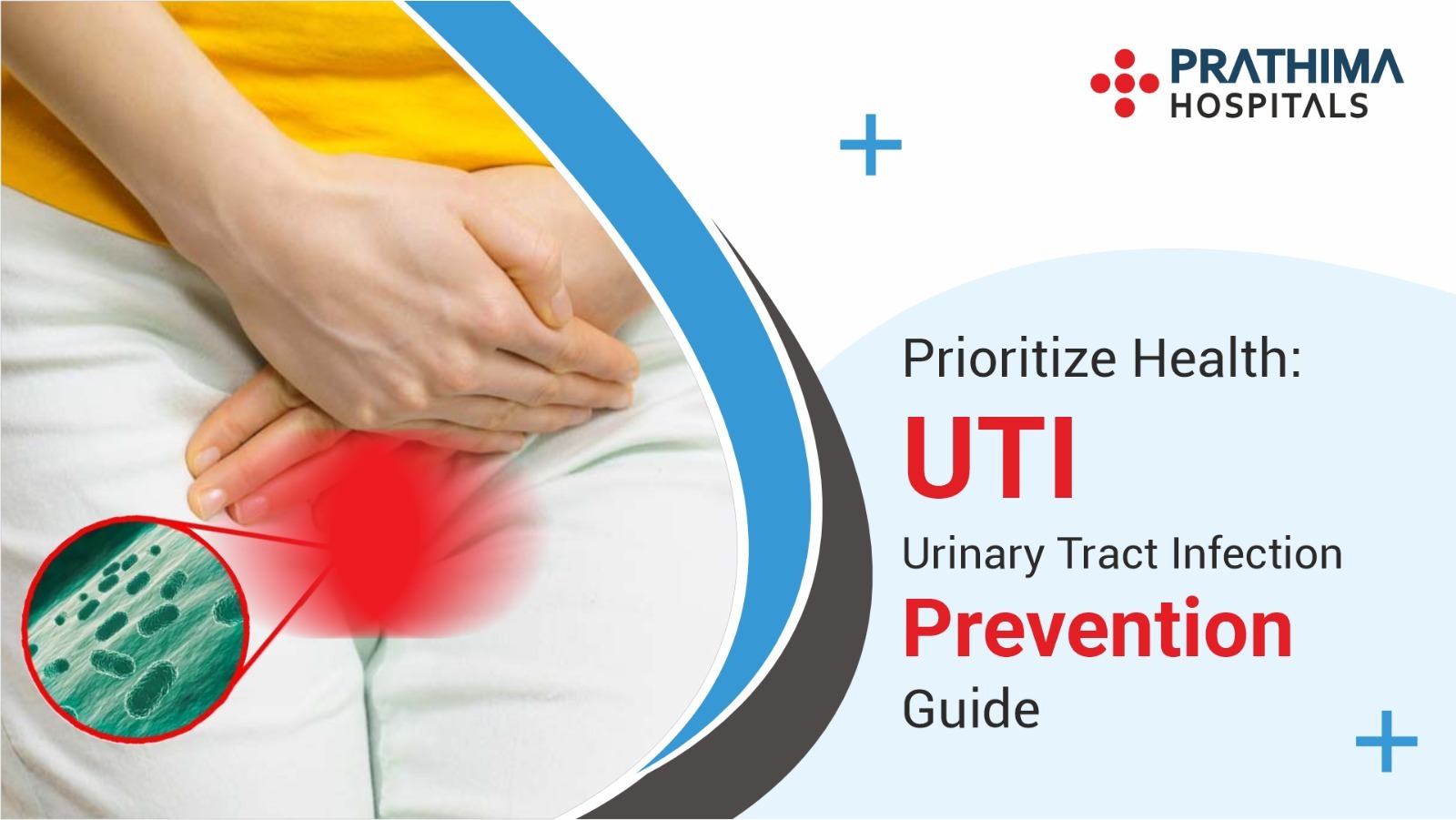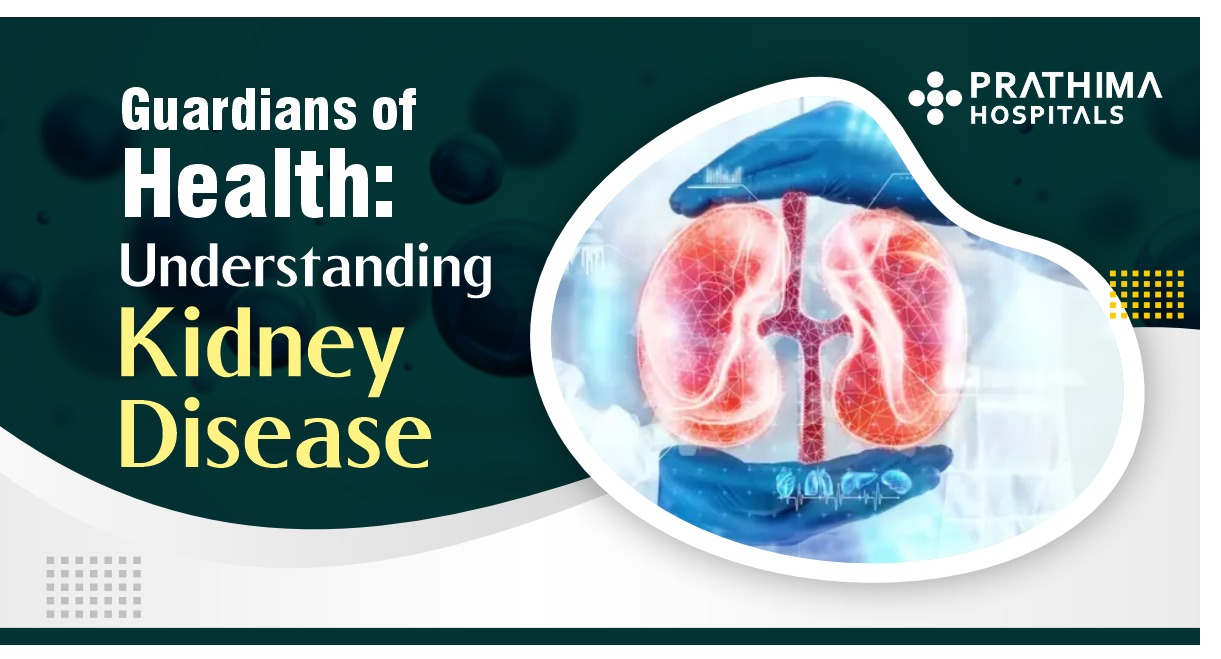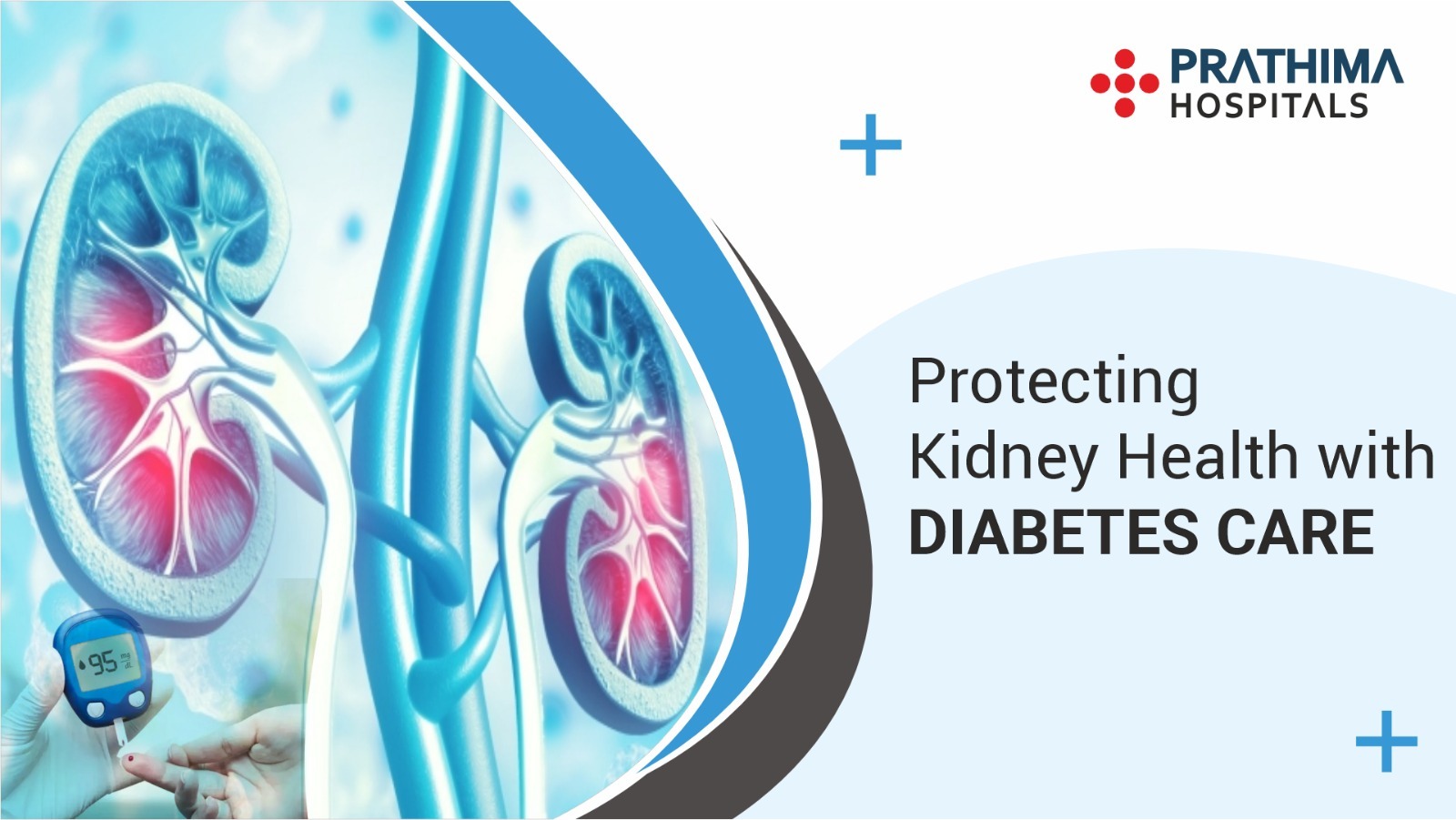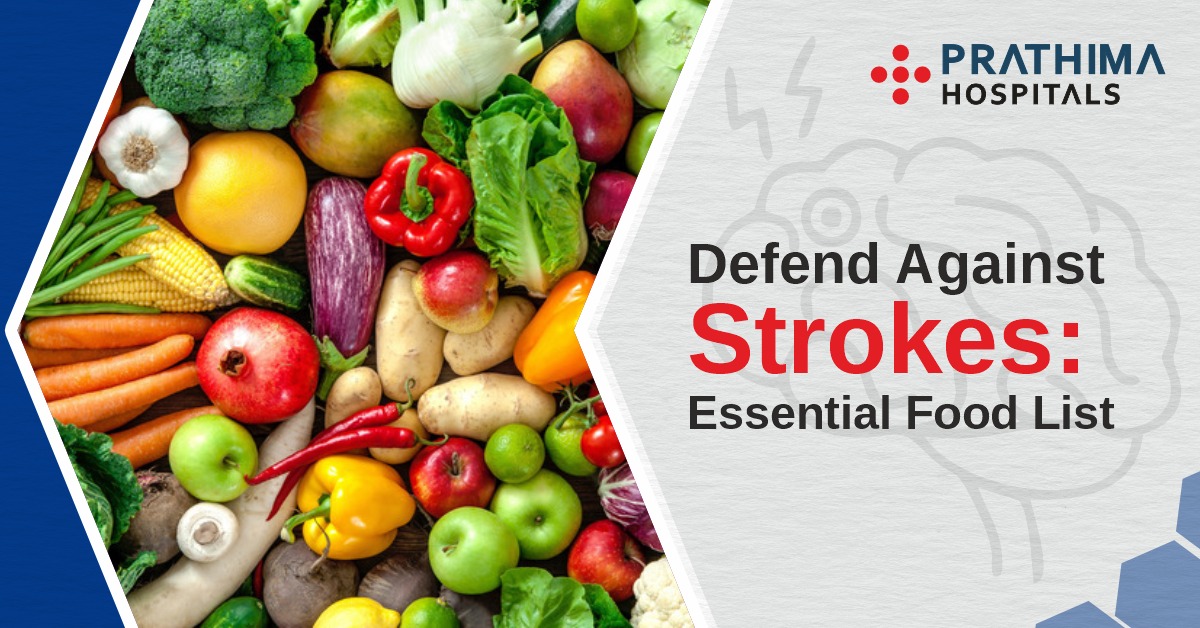Have You Heard of Non-Cardiac Chest Pain?
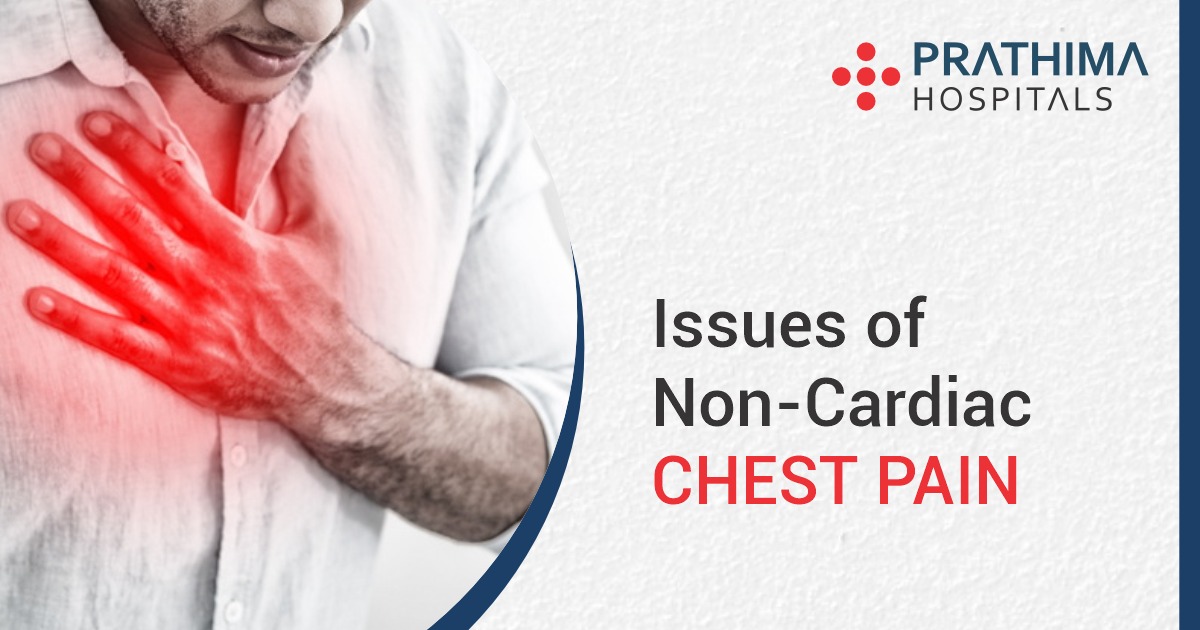
Non Cardiac Chest Pain
Introduction:
Non cardiac chest pain refers to discomfort or pain in the chest that is not related to the heart. While chest pain can be alarming, it is essential to recognize that not all chest pain indicates a cardiac emergency. Numerous non-cardiac causes can lead to chest pain, and understanding these causes is crucial for accurate diagnosis and appropriate treatment as said by the Best Cardiologist in Hyderabad. In this article, we will explore some common causes of non cardiac chest pain, highlighting their characteristics, potential threat levels, and management strategies.
- Gastroesophageal Reflux Disease (GERD):
One of the leading causes of non cardiac chest pain is gastroesophageal reflux disease (GERD), a condition characterized by the backflow of stomach acid into the oesophagus. This acid reflux irritates the oesophageal lining, leading to a burning sensation in the chest, often referred to as heartburn. While GERD-related chest pain can be distressing, it is typically not life-threatening. Lifestyle modifications, dietary changes, and medications can help manage GERD symptoms effectively.
- Musculoskeletal Issues:
Musculoskeletal problems can contribute to non cardiac chest pain. Strained muscles or inflamed joints in the chest wall, often resulting from activities such as heavy lifting or vigorous exercise, can cause discomfort. These pains are typically sharp, localized, and worsen with movement or deep breathing. While musculoskeletal chest pain is not life-threatening, it can significantly impact daily activities. Rest, pain relief medications, and physical therapy are commonly recommended for managing these conditions.
- Costochondritis:
Costochondritis is another non-cardiac cause of chest pain, characterized by inflammation of the cartilage connecting the ribs to the breastbone. The exact cause of costochondritis is often unknown, but it can result from injury, infection, or repetitive strain. The pain experienced with costochondritis is typically sharp, worsens with movement or deep breathing, and is often localized to the affected area. Although the symptoms can be concerning, costochondritis is generally not life-threatening and can be managed with pain relievers, rest, and heat or cold therapy.
- Anxiety and Panic Disorders:
Anxiety and panic disorders are psychological conditions that can manifest as non cardiac chest pain. These disorders can cause significant distress and discomfort, often leading individuals to believe they are experiencing a heart-related issue. Understanding the relationship between anxiety, panic disorders, and chest pain is crucial for accurate diagnosis and appropriate management to know more about this visit Prathima Hospitals or click on the best cardiologist in Kukatpally.
- Anxiety Disorders: Generalized anxiety disorder (GAD), social anxiety disorder, and other anxiety disorders can contribute to chest pain. Anxiety triggers a physiological response in the body, activating the fight-or-flight response and causing various physical sensations, including chest tightness, heaviness, or a feeling of constriction. These sensations can be misinterpreted as cardiac pain, leading to increased anxiety and further exacerbating the symptoms. Anxiety-related chest pain is typically intermittent, lasting for short durations, and often associated with stressful situations or anxiety-provoking events.
- Panic Disorders: Panic disorder is characterized by recurrent panic attacks, which are sudden episodes of intense fear or discomfort. Panic attacks can manifest with chest pain as a prominent symptom, causing individuals to fear they are experiencing a heart attack. The chest pain in panic attacks is often described as a sharp, stabbing sensation, accompanied by other symptoms such as rapid heartbeat, shortness of breath, sweating, trembling, and a sense of impending doom. Panic attacks can occur unexpectedly or in response to specific triggers, and they typically reach their peak intensity within a few minutes before subsiding.
The exact mechanisms through which anxiety and panic disorders cause chest pain are not fully understood. However, it is believed that the physiological changes associated with anxiety and panic, such as increased muscle tension, hyperventilation, and heightened sensitivity to bodily sensations, contribute to the chest pain experience. Additionally, the interplay between psychological and physiological factors can amplify the perception of pain, leading to increased distress and anxiety.
Managing anxiety and panic disorders involves a combination of therapies, including cognitive-behavioural therapy (CBT), relaxation techniques, and medications if necessary.
- Oesophageal Spasm:
Oesophageal spasms are involuntary contractions of the muscles in the oesophagus, leading to chest pain that may mimic cardiac pain as said by the best cardiologist in Kachiguda. The exact cause of oesophageal spasms is often unclear, but they can be triggered by stress, certain foods, or swallowing cold liquids. The pain from oesophageal spasms is often described as squeezing or burning, and it can last for several minutes. While the discomfort can be concerning, oesophageal spasms are usually not life-threatening. Treatment options include medications to relax the oesophagal muscles, dietary changes, and stress management techniques.
- Peptic Ulcer Disease:
Peptic ulcer disease, characterized by the presence of ulcers in the stomach or upper part of the small intestine, can cause chest pain. If an ulcer is located near the oesophagus, it can result in discomfort resembling cardiac pain. While peptic ulcers can be serious, they are not typically classified as non-cardiac causes. Treatment for peptic ulcer disease involves medications to reduce stomach acid production, antibiotics if Helicobacter pylori infection is present, and lifestyle modifications to promote healing.
- Pulmonary Conditions:
Certain pulmonary conditions can cause chest pain, albeit they may not be considered non-cardiac causes as suggested by the best cardiologist in KPHB. For instance, pulmonary embolism (a blood clot in the lung), pneumonia, or pleurisy (inflammation of the lining of the lungs) can result in chest pain. A serious condition, and sometimes even a life-threatening one, can arise from these conditions. It is crucial to receive prompt medical attention to ensure a proper diagnosis and treatment.
- Other Causes:
In addition to the causes mentioned earlier, several other factors can contribute to non cardiac chest pain. While these causes are generally not life-threatening, they require an appropriate medical evaluation to determine the underlying condition and ensure proper treatment.
- Gallbladder Problems: Issues with the gallbladder, such as gallstones or inflammation (cholecystitis), can cause chest pain. Gallstones are hard deposits that form in the gallbladder and can occasionally block the bile duct, resulting in pain that may radiate to the chest. Inflammation of the gallbladder can also cause similar discomfort. Although not directly related to the heart, gallbladder problems can cause significant discomfort and may require medical intervention.
- Muscle Strains in the Chest or Upper Back: Overexertion or sudden movements can lead to muscle strains in the chest or upper back, causing chest pain. These strains can occur due to heavy lifting, repetitive motions, or sudden twisting movements. The pain is typically localized to the affected muscle and worsens with movement or deep breathing. Rest, pain relief medications, and applying heat or cold therapy can help alleviate symptoms and promote healing.
- Shingles (Herpes Zoster): Shingle is a viral infection caused by the reactivation of the varicella-zoster virus, the same virus responsible for chickenpox. It can manifest as a painful rash that typically appears on one side of the body, often in a band-like pattern. If the rash affects the chest area, it can cause chest pain. Shingles-related chest pain may precede the appearance of the rash or occur simultaneously. Antiviral medications, pain relievers, and topical creams are commonly used to manage shingles and alleviate associated chest pain.
- Medications: Certain medications, particularly those that affect the gastrointestinal system or cause acid reflux, can contribute to non cardiac chest pain. For example, some non-steroidal anti-inflammatory drugs (NSAIDs), antibiotics, and medications for osteoporosis may irritate the oesophagus or cause stomach-related issues, leading to chest pain. If you suspect that a medication may be causing your chest pain, consult with your healthcare provider for further evaluation and potential alternative treatment options.
While the aforementioned causes are common, it is essential to remember that chest pain can sometimes be a symptom of a more serious condition. It is crucial to seek immediate medical attention at the best cardiology hospital in Hyderabad if you experience severe chest pain, chest pain accompanied by shortness of breath, dizziness, sweating, or pain that radiates to the jaw, arm, or neck. These symptoms may indicate a heart-related issue, such as a heart attack, and require immediate medical intervention.
Conclusion:
Non cardiac chest pain can arise from various causes, and while the pain can be distressing, most non-cardiac causes are not life-threatening. Gastroesophageal reflux disease (GERD), musculoskeletal issues, costochondritis, anxiety and panic disorders, oesophageal spasms, and peptic ulcer disease are common non-cardiac causes of chest pain. While some pulmonary conditions and other factors may cause chest pain, they may be more serious and require immediate medical attention. If you experience chest pain, it is crucial to seek medical evaluation to determine the underlying cause and receive appropriate treatment. Early diagnosis and proper management can help alleviate discomfort, ensure peace of mind, and address any potentially life-threatening conditions promptly.
.
.
.
.
For more details:
📞:: 733 733 6600 | 040 4345 4345
🌐:: https://prathimahospitals.com/book-appointment/

